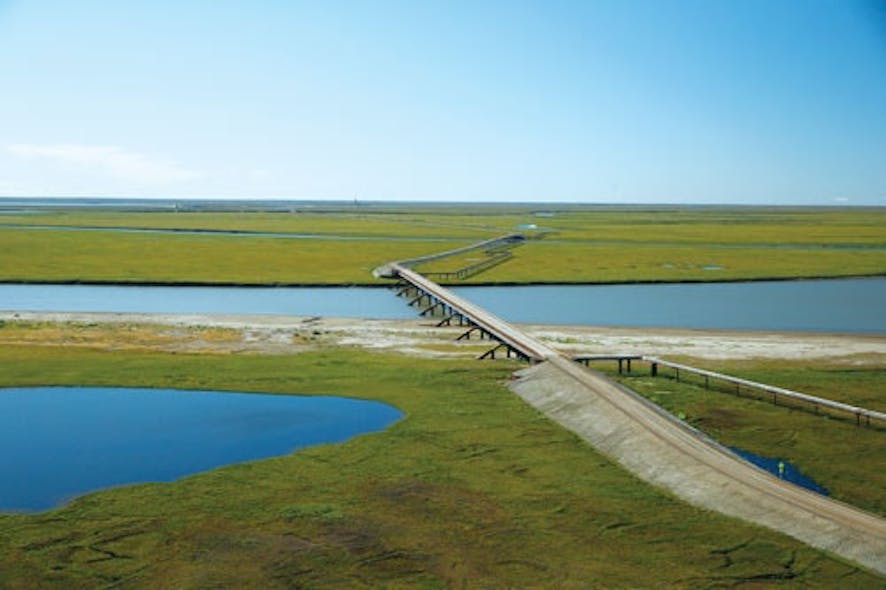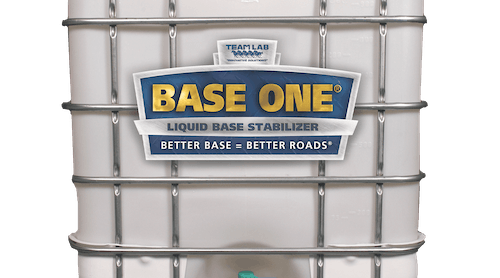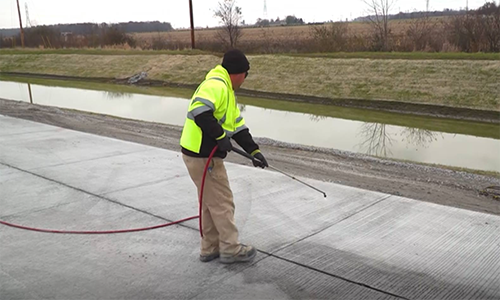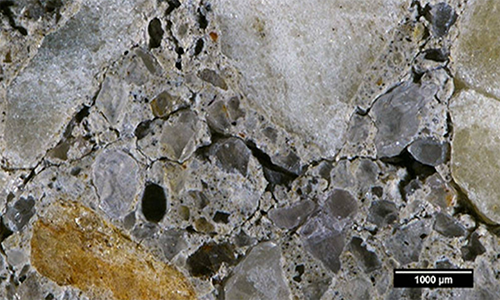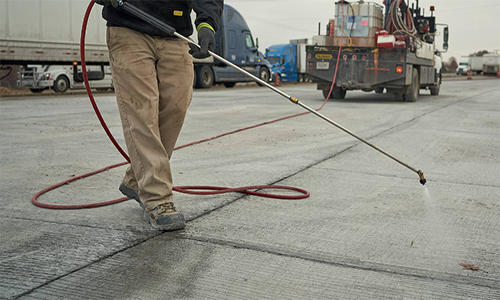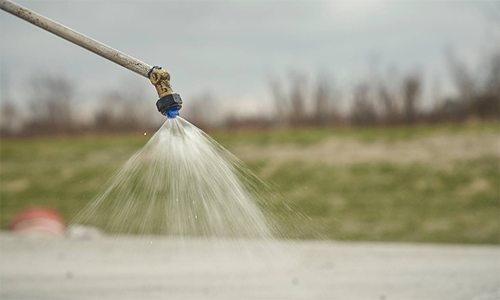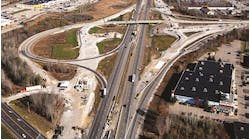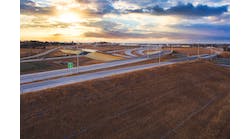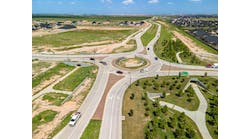Extremes of climate tend to make for pretty good drama—in the movies, in books and also in the world of bridge construction.
The $100-million Colville River Nigliq Channel Bridge serves as a crucial artery on Alaska’s Nigliq Channel, spanning frozen tundra in a landscape that, in deepest winter, can feel like the most remote place on earth.
The arctic environment provided numerous challenges during construction, including maintaining production under extremely low temperatures (-45°F with wind chills reaching -65°F), blizzards, limited infrastructure, equipment limitations due to extreme climate, extended darkness, limited site access due to three-month ice road restrictions, and workforce limitations due to the remote billeting constraints at accessible camps.
The 1,420-ft shot is comprised of eight individual prefabricated steel-box girder spans ranging from 162 ft to 200 ft, capable of supporting vehicle weights of up to 175 tons each—an essential characteristic considering the heavy oil-field service vehicles that use the bridge. The assembly was launched 5 ft at a time out over the imbedded piers, followed by the installation of 219 22.5-ft x 5-ft precast concrete deck panels, which were chosen by designers to offer even weight distribution.
According to PND Vice President Kenton Braun, prefabrication was crucial to reducing the project’s environmental footprint and shortening the construction timeline.
“With only three-month windows in each of the two construction seasons, due to working on top of frozen tundra,” Braun told Roads & Bridges, “in order to get materials out there, it was critical to minimize the amount of fieldwork. Ice roads to the site were ready in January and stayed open only through April.”
The bridge was engineered to support a total of six pipelines along the entire length of the bridge on its downstream side in protection against 6-ft ice floes measuring over 200 ft in width. The bridge substructure was designed with slanted ice breakers to functionally reduce ice loads and efficiently pass the large floes found at the site, while also providing an aesthetic look to the upstream side of the bridge.
Permafrost with thawed zones containing high salinity complicated the foundation design and construction of the bridge foundations. To ensure the successful installation of the foundation system, mixed use of adfreeze piles, driven piles and tremie grout piles were used at pier bents to accommodate the various soil and loading conditions.
Now complete, the bridge provides owner ConocoPhillips a throughway for access to its CD5 site. This project additionally provides an opportunity for future development in the National Petroleum Reserve Alaska.
Location: Nuiqsut, Alaska
Owner: ConocoPhillips Alaska Inc.
Designer: PND Engineers Inc.
Contractors: PCL Civil Constructors Inc., CH2M Hill and Ruskin Contractors
Cost: $100 million
Length: 1,420 ft
Completion Date: April 8, 2015
